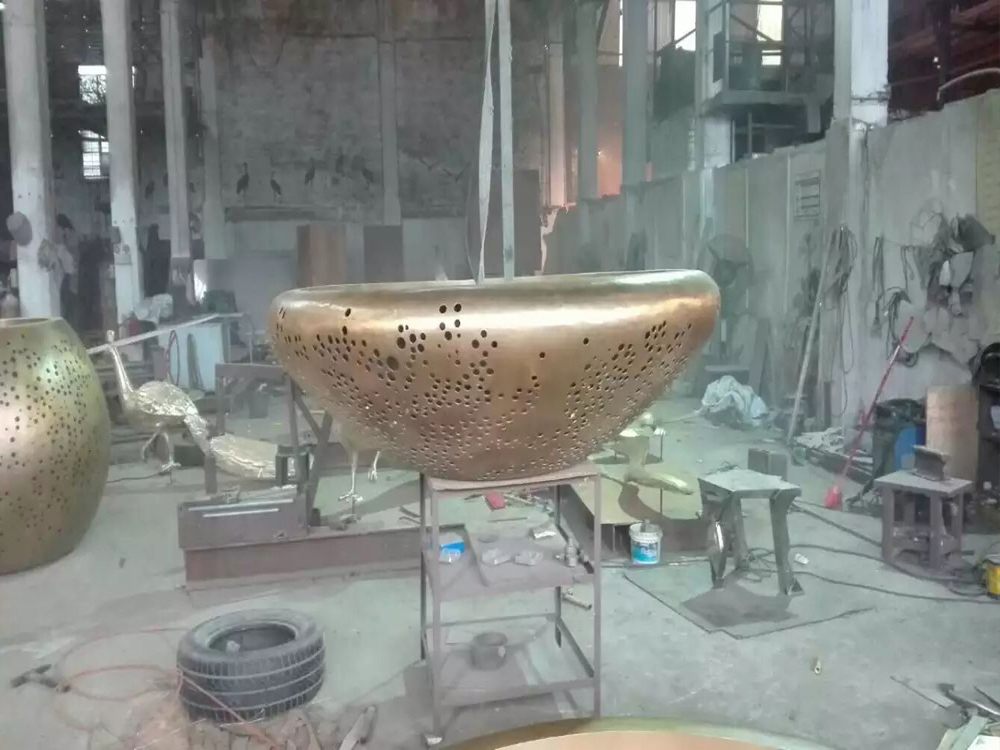
Wood carvings serve vastly different purposes depending on whether they are created for theatrical props or fine art. While both forms require skill and craftsmanship, their design philosophies and functional requirements diverge significantly.
Theatrical prop carvings prioritize durability, visibility, and storytelling. These pieces must withstand frequent handling and be recognizable from a distance, often featuring exaggerated details and bold shapes. Materials are chosen for lightweight practicality, and finishes emphasize quick visual impact over longevity.
Fine art wood carvings, conversely, focus on aesthetic refinement and personal expression. Artists select premium woods for their grain and aging qualities, employing delicate techniques to create intricate, lasting works. The emphasis lies in evoking emotion, exploring themes, and showcasing technical mastery rather than serving a functional role.
The creation processes differ too - prop makers work collaboratively with production teams, often replicating designs quickly, while fine artists may spend months perfecting a single original piece. Ultimately, these carvings represent two distinct branches of the woodworking tradition, each with its own values and audience.

